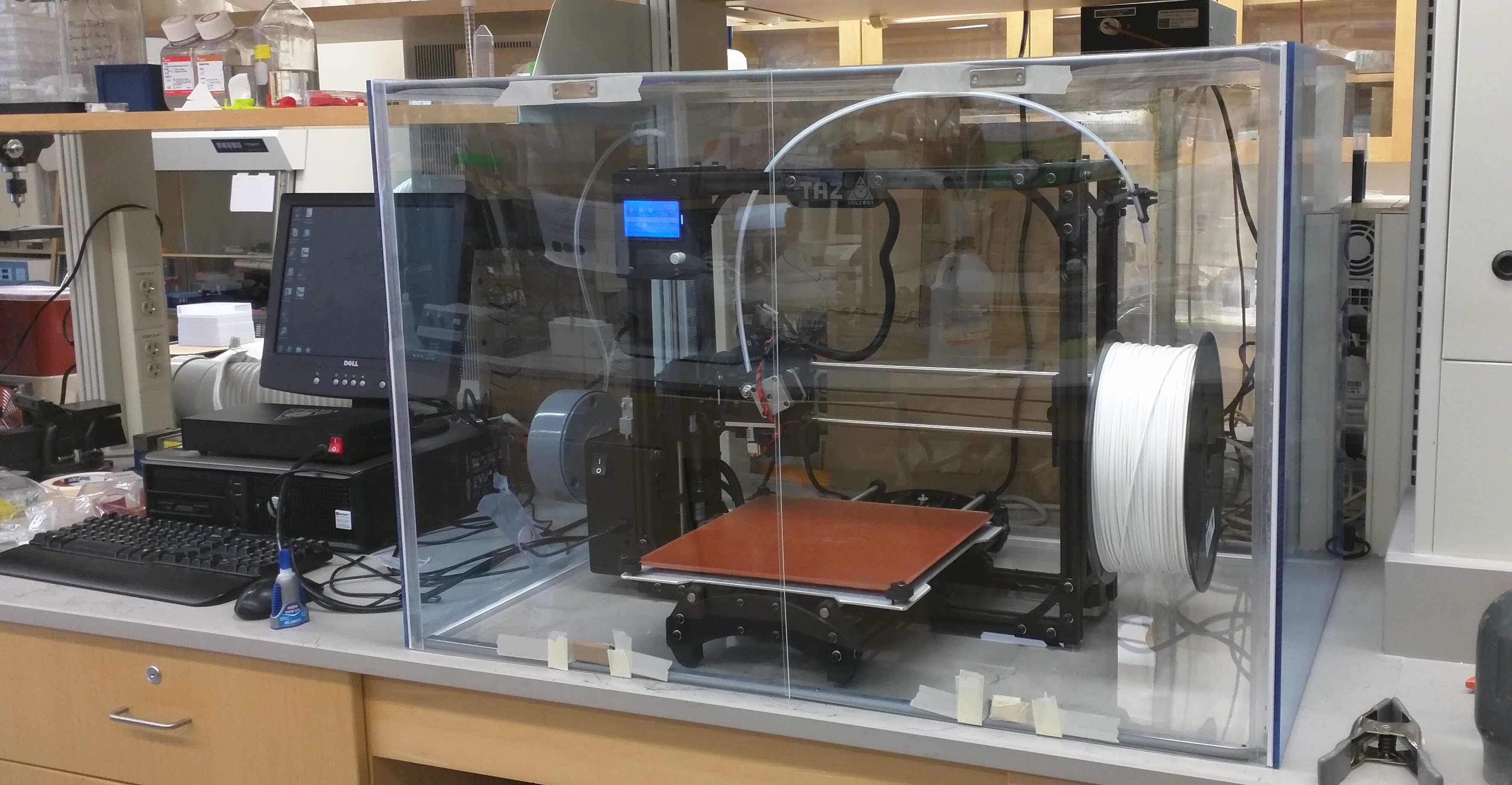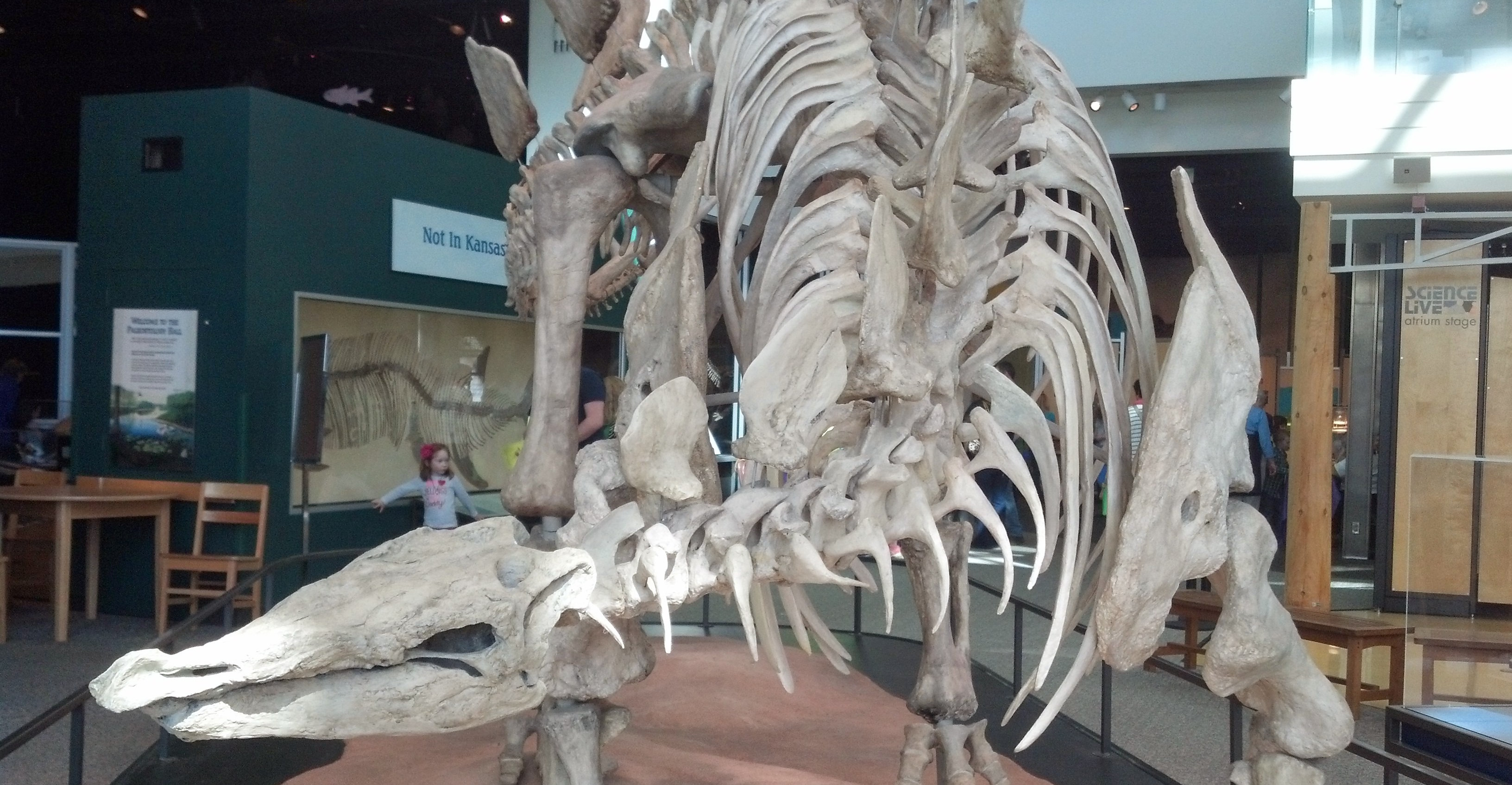I'm passionate about engineering the many cells in our body to repair, regenerate, or replicate normative physiologic function

Blood Vasculature
The lifeline of every lab-grown construct
Oxygen, glucose, hormones, heat energy, and even other cells come in through blood vessels to supply the needs of each tissue. Carbon dioxide, lactate, urea, and other waste products mix with other outputs such as hormones (insulin) and minerals to be carried to other tissue systems.The exchange of all this cargo occurs in the micro-circulation, where the blood vessel walls are only one or two cells thick. Beyond this on- and off-loading, the micro-circulation is the site dynamic growth and eventual maturation of blood vessels. The behavior of these cells particularly interest me, especially their ability to self assemble into the ordered network needed for circulation, and to do so dynamically in response to cues such as low oxygen levels.

Growth Factor Delivery
And other cues directing CELL behavior
Growth factors interact with specific receptors on the surface of cells, delivering an input signal which the cell interprets with respect to the strength of the signal, the many other signals it is receiving, and it's own history of actions. The targeted delivery of growth factors to cells, in combination with cues we can deliver via the properties of the material base of the tissue, provide a language with which to talk to the cells, and direct their behavior.This is useful when spatially assembling a tissue, directing the timeline of the maturation, or using one type of cell to perform different tasks.

3D Printing
Additive Manufacturing applied to anatomy
The highly ordered patterns and features present in human biology develop from single cells and grow throughout a lifetime. Replacing those patterns and features should not take a lifetime, and 3D printing can help to short-cut to an almost finished state.Much of the hobbyist culture around the development of this technology makes engineering the entire production path--from hardware to software to material compositions--practical. There is a distinct advantage in 3D manufacturing to traditional processes--individual customization. Imagine personalized replacement parts that are exactly the same as your unique facial bones, ears, or hand.

Bone Biology
Multi-functioning and Regenerative
Bone and liver are often hailed as the most regenerative organs humans posses. Your liver can regrow to a full size after donating more than half of it, and bones can often heal from a break without scars. As an organ, bones perform many essential functions: defending weak and vulnerable organs, facilitating motion, giving structure to the body, filtering heavy minerals, secreting hormones, storing nutrients such as calcium, and producing blood.
Like blood vessels, bone is dynamic and constantly responding to the types of stresses applied to it, hormones, growth factors, and nutrient levels. Just as in other tissues, bone is constantly breaking itself down (resorption) and building itself back up such that your bones are not truly the same year to year.